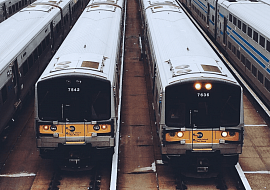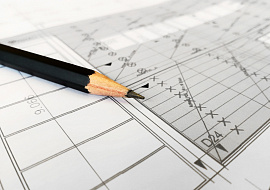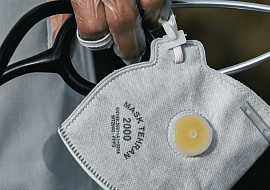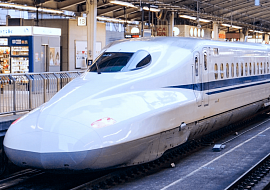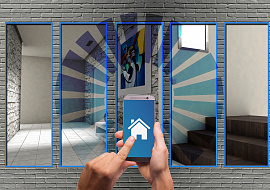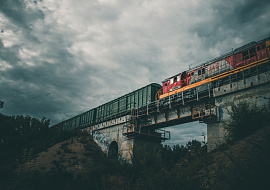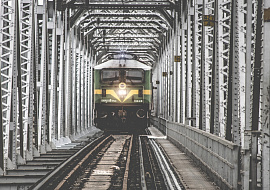Railroad Services & Solutions: Handling Safety at Level Crossings
A decision to equip railway crossings with automatic barriers was groundbreaking at the time. But for now, active level crossings present most of the rail crossing collisions and fatalities in the US, which usually occur after a gate crossing malfunction. It’s time to admit that the safety potential of gate crossings has hit its limits while grabbing driver’s attention through warning signs is totally flawed.
Do we have time to hesitate about this issue? Briefly, no. Current statistics expose a grim trend of virtually no drop in accidents and traffic congestion at level crossings over the last 10-15 years. Meanwhile, the gradual increase in railway and highway traffic is likely to lead to the accident figures only growing. Thus, rail authorities can no longer turn a blind eye to hazards exposed at active level crossings. “Normalized” three-day incident-response time and public reporting on barrier failures must be consigned to the past shortly. That’s why there’s no time for waiting for a breakthrough – it’s time to make it.
IoT as a Conduit to Railroad Services
The only measures that could be deemed impactful for safety control at level crossings involve physical prevention of highway vehicles moving onto railways when the train is coming. While any protection equipment is prone to malfunction, IoT allows for the investigation of the most productive and economically sound solutions by implementing 24/7 monitoring and predictive maintenance against sudden and invisible crossing failures. This enables level crossing to constantly report on its status and create forecasts on its failures by leveraging sensors, cameras, cloud technologies, AI, and so on.
How does it remedy the situation in the real world? IoT frees rail operators from human errors and significantly decreases the number of manned level crossings and gatekeepers’ resources by collecting and processing level crossing performance data in real-time. This allows for prompt failure reaction, which decreases incident-response time by 10x. Highly accurate, clean, and redundant data collected by IoT devices drive deep AI-based analytics resulting in failure prediction in advance. These means make asset failure physically impossible and enable the optimization of maintenance resources through precise planning.
From Railroad Services to IoT. Bridging a Gap between Two Environments
Being a part of a centralized signaling system controlled by a wayside logic controller, level crossing equipment shall fully comply with its rigorous safety standards and design specifics. The same goes for IoT systems when overlaying them on signaling assets. Is this challenge so huge as to hinder the IoT introduction into railroad services? A closer look at the nature of IoT and signaling systems reveals that both operate with widely distributed assets and their integration capabilities, which is tempting to transcend best practices from one to another. This can be partially seen with the CBTC introduction; so vast experience has been accumulated yet, but IoT potential here is much wider.
Since IoT-based measures continue to deliver superior reliability in ensuring the safety of railroad services, the issue of “why to implement it” moves to “how to implement it”. “Coupling” IoT and signaling systems begins with common ground and mutual benefits that can be defined upon closer inspection of rail signaling peculiarities.
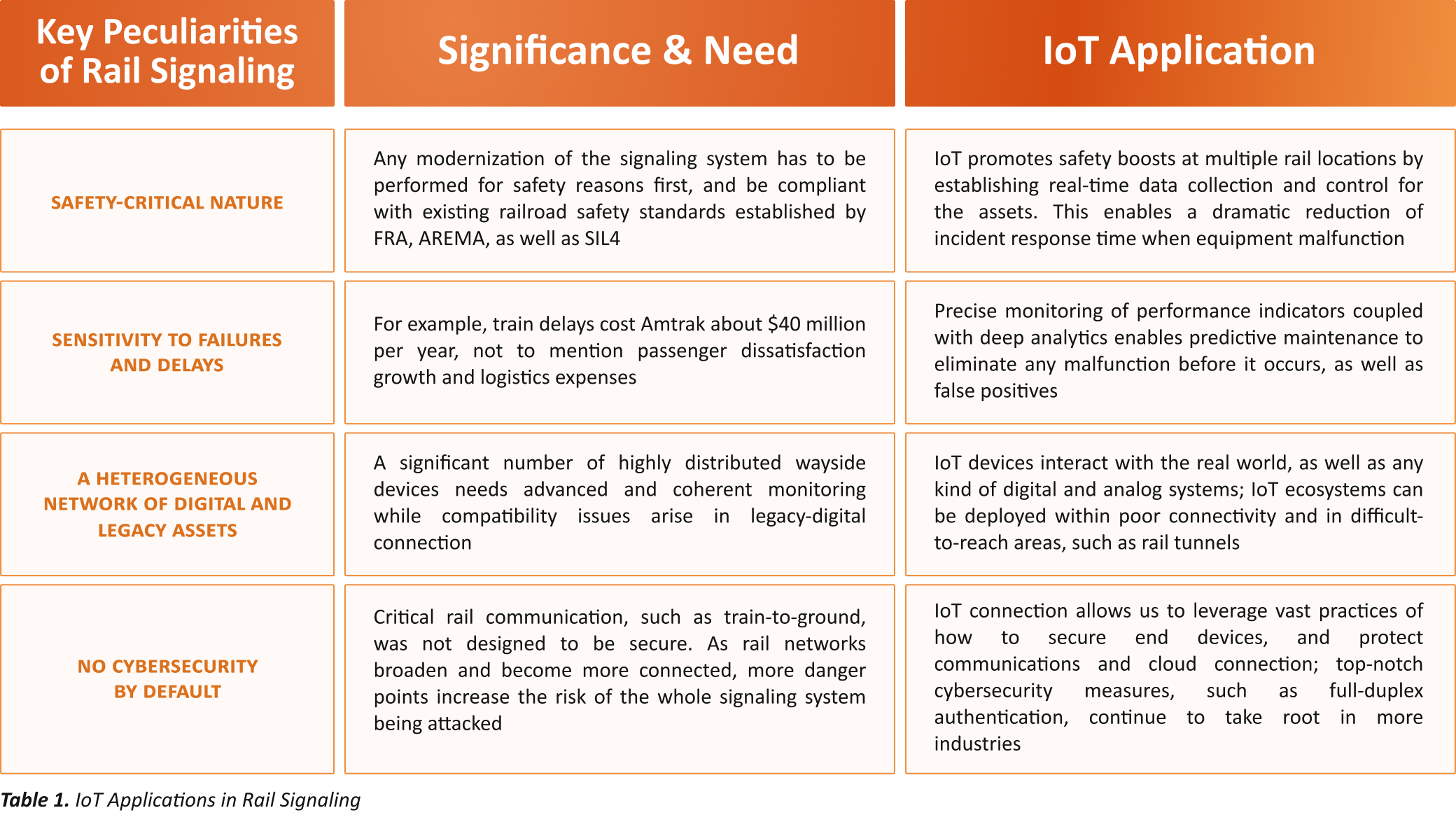
IoT introduction amplifies signaling systems in terms of connectivity, computing capabilities, throughput, and analytics potential. Thus, the #1 task for future-proof railroad services is to unite them with the IoT ecosystems to create indivisible cohesive systems and products. That’s why the cooperation with experts operating at the junction of signaling, embedded, and IoT technologies creates forward-looking rail applications while safety, interoperability, and performance risks mitigated.
What Is TraxSentinel? How It Promotes Safe Railroad Services
TraxSentinel – Smart Advisor is an integrated solution for ongoing level crossing monitoring designed with rail specifics in mind. Thanks to its flexible hardware design, TraxSentinel adjusts to any type of crossing gate, be it hydraulic or electromechanical while advanced product architecture provides for both cloud and on-prem deployment. Its scalability allows for control of multiple crossings throughout the controlled area, and the integration of new crossings under control.
TraxSentinel coordinates rail operators, maintainers, and rail authorities in joint striving for unprecedented safety at level crossings. Thus, the crossing network dispatcher is promptly informed of failures and upcoming malfunctions and has the full toolset to coordinate maintenance at utmost efficiency. Maintainer is always fully equipped for required maintenance work since they are notified about the issue character in detail and rapidly clarify them if needed. Rail authorities are always aware of level crossing incidents and can make data-driven decisions on critical management points, such as funding and insurance issues. Every role is provided with the assigned functionality, which promotes a productive incident-response process by eliminating task conflicts.

TraxSentinel Whitepaper: Download to Learn More
Future-Proof Railroad Services with IoT – Tomorrow Comes Today
Advanced machine learning algorithms applied to the data collected from a level crossing can be leveraged to detect anomalies and predict potential issues before they turn into urgent troubles, enabling proactive maintenance and reducing equipment downtime. It analyzes performance indicators to define patterns of upcoming failure to make the most accurate RUL predictions. As a result, we gain an optimized maintenance budget, enhanced inventory management, and elimination of crossing-failure-related delays and related expenses.
PSA Approach for TraxSentinel
TraxSentinel is an example of how third-party systems can be seamlessly and securely integrated into a safety-critical rail environment and enhance its safety indicators. Likewise, the modified core of TraxSentinel can be integrated into any infrastructure to ensure robust monitoring and failure-free operation. Make sure you’ve left a request to thoroughly investigate capabilities of real-time monitoring and predictive maintenance to be introduced within your project.
Want to Take a Closer Look?








